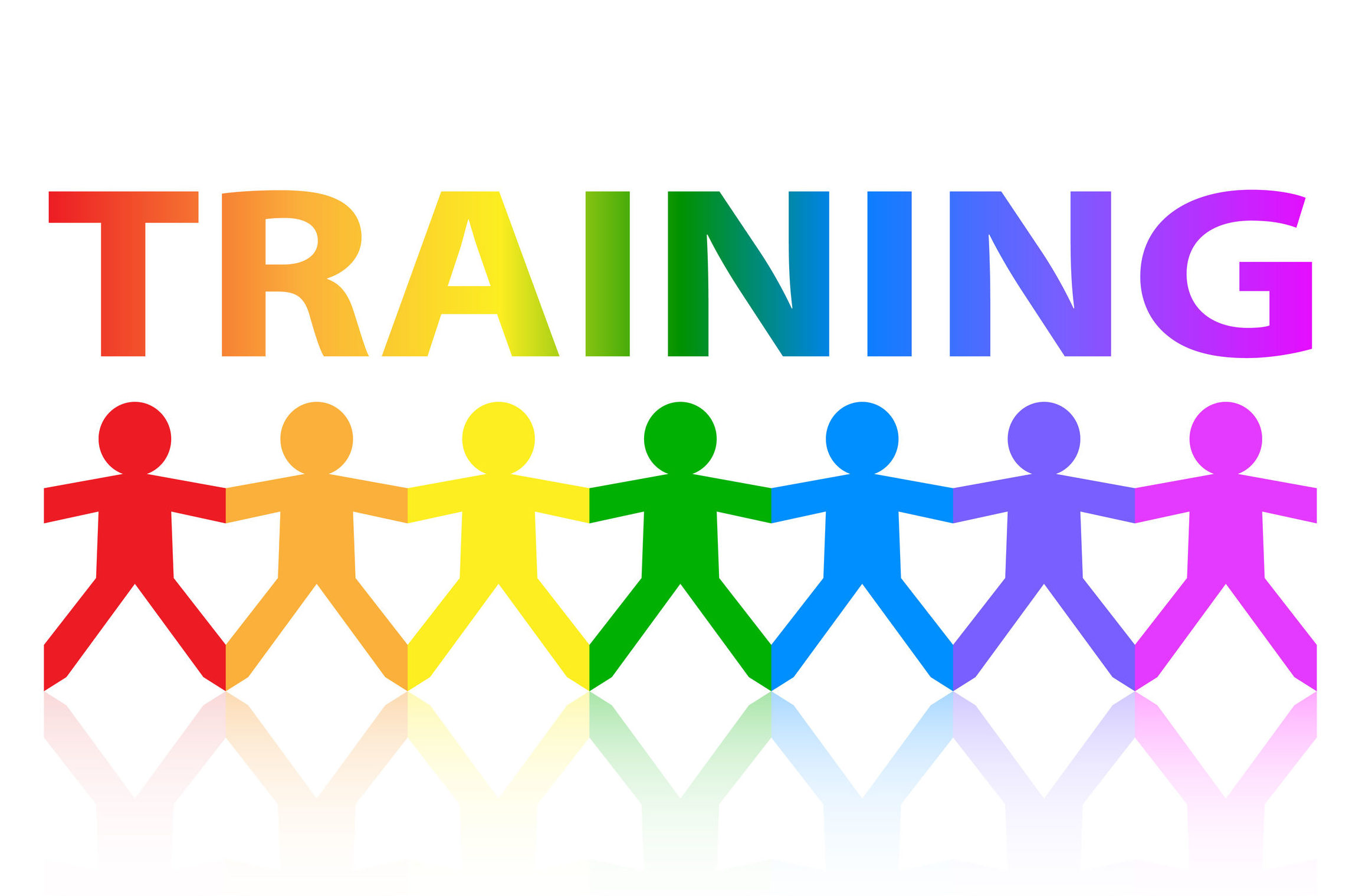Do you work in an affirming and inclusive environment?
The concept of working a 9-5 job is almost a relic of the past. With the advances in technology allowing us to telecommute and be reached at any moment. Partially thanks to this constant-connectedness, most youth people consider the company they work for as an extension and reflection of their values. As such, employees are often turning to management and asking for better training and cultural humility discussions.
As Sacramento continues to bloom into the vibrant city it has long aspired to be, local businesses are anxiously working to adapt. But, often leadership at these companies are stuck leaning heavily into the the archaic direction of workplace videos and outdated anti-harassment policies.
The Status-Quo Doesn’t Cut It
It is no longer enough to host annual harassment seminars and post anti-discrimination policies in the break room, your company needs to be actively anti-racist, visibly promoting leaders from all races and backgrounds and providing ways for their employees to get involved with non-profits and outreach efforts in the communities they are from. Diversity and inclusion are components of a comprehensive strategy woven into every aspect of the talent life cycle to enhance employee engagement. In short, the era of diversity as a “check the box” initiative managed by HR is over.
For the past two years, the Sacramento LGBT Community Center has reviewed, consulted and trained a wide range of businesses (from school districts and medical facilities to law enforcement and legislators) in order to create the affirming and inclusive region we all strive to live in. But instilling policies, programs, and practices that improve the cultural competency and diversity (when done properly), does more that help recruit new talent.
Inclusion and Training Retains Talent
Nearly 67% percent of job seekers said that a diverse workforce is an important factor to them when considering companies and job offers. Prioritizing diversity and sharing these efforts with your employees may also be key retention strategies since 57% of employees want their company to do more to increase diversity.
Research shows that more inclusive companies have a 2.3x higher cash flow per employee over a 3-year period. And even research from McKinsey shows that the most ethnically diverse companies are 35% more likely to outperform the least ethnically diverse companies.
But how do you create a diverse AND inclusive workplace culture? Cultures are complex and fluid. First remember that none of this will transform after one learning lunch or team building activity, but after thoughtful work, overtime, your company could benefit from the richness of an inclusive and diverse workplace culture.
If you need help assessing or getting started The Sacramento LGBT Community Center’s Training Institute can assist in training sessions for LGBTQ-inclusion as well as culture and diversity education.
7 tips for developing your firm’s cultural competency and inclusion practices:
- Conduct executive interviews with a cultural expert to evaluate your team.
- Identify the gaps and create a strategy for developing cultural competence.
- Develop and implement training and coaching with a true cross-cultural expert.
- Encourage sensitivity to issues like time, local customs, religious matters, and etiquette.
- Practice effective cross-cultural team-building.
- Solicit feedback from your team as they put training to use in the workplace.
- Conduct a review and reassessment of your team’s performance and modify your training and coaching as needed.





